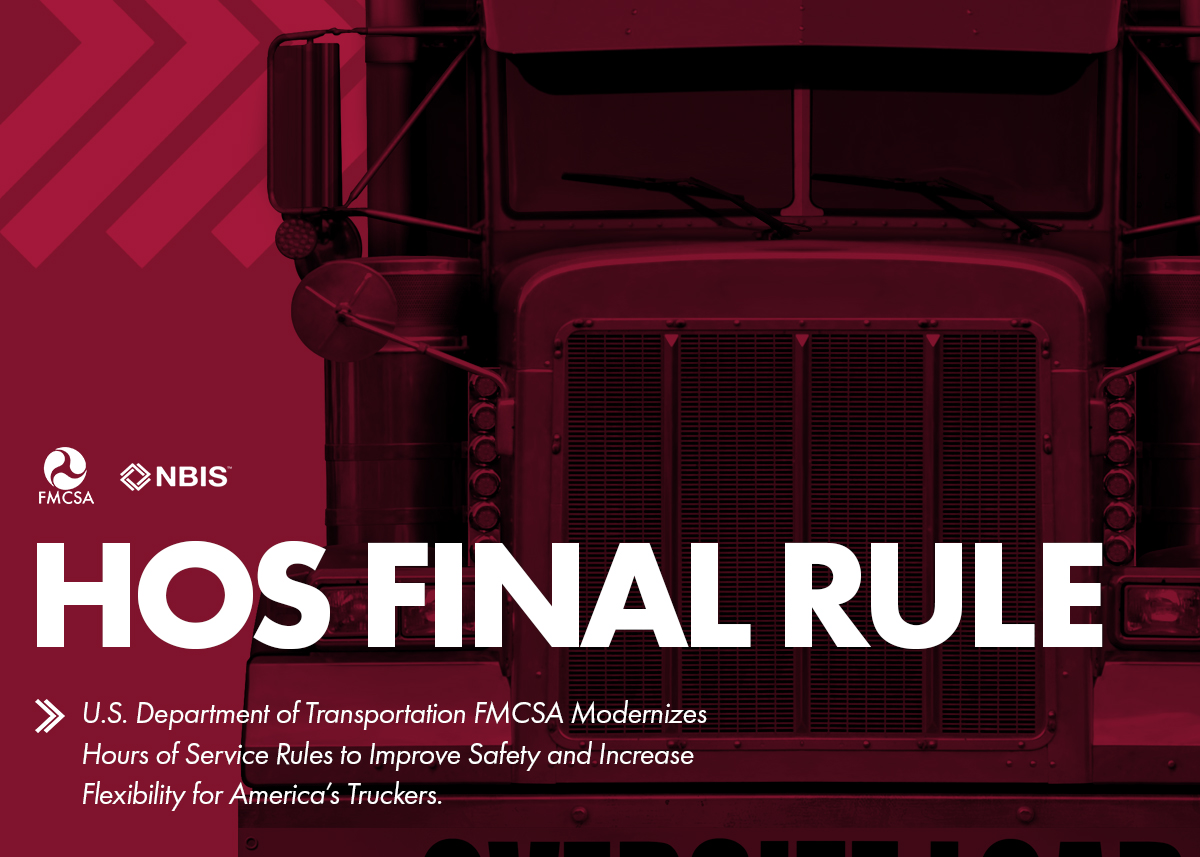According the Federal Motor Carrier Safety Administration regulation §396.11, “A driver must prepare a driver vehicle inspection report (DVIR) at the completion of each day’s work and shall submit those reports to the motor carrier upon his/her return to the home terminal.”
To start, remember that a motor carrier can use any type of DVIR it chooses as long as the report contains the information and signatures required. Motor carriers should also be certain to educate their drivers on how to properly conduct pre- and post-trip inspections, record vehicle defects, and ensure that any defects that could hinder safe operation of the vehicle are repaired prior to operating it.
To help you remember some of the basics surrounding DVIRs, here are four things to keep in mind.
1. Inspect These – At A Minimum
· Service brakes, including trailer brake connections
· Parking brake
· Steering mechanism
· Lighting devices and reflectors
· Tires
· Horn
· Windshield wipers
· Rear vision mirrors
· Coupling devices
· Wheels and rims
· Emergency equipment
2. Identify the Vehicle, List Any Defects or Deficiencies & Sign the Report
– The report shall identify the vehicle and list any defect or deficiency discovered by, or reported to the driver, that would affect the safe operation of the vehicle or result in its mechanical breakdown. For commercial motor vehicle (CMV) drivers, if no defects are identified during the inspection, filing a report is not required. (Passenger vehicles are required to inspect, sign and file reports.)
– On two-driver operations, only one driver needs to sign the DVIR, provided both drivers agree as to the defects or deficiencies identified.
– If a driver operates more than one vehicle/power unit (including multiple trailers) during the day, a report shall be prepared for each vehicle/power unit operated.
3. Repair the Vehicle or Certify That the Repair is Unnecessary
– Prior to requiring or permitting a driver to operate a vehicle, every motor carrier or its agent shall repair any defect or deficiency listed on the driver vehicle inspection report which would be likely to affect the safety of operation of the vehicle.
– Every motor carrier or its agent shall certify on the original driver vehicle inspection report which lists any defect or deficiency that the defect or deficiency has been repaired or that repair is unnecessary before the vehicle is operated again.
4. Keep DVIRs for Three Months
Every motor carrier shall maintain the original driver vehicle inspection report, the certification of repairs, and the certification of the driver’s review for three months from the date the written report was prepared.
Filling out the DVIR doesn’t need to be complicated, but it does need to be completed – every single time a commercial motor vehicle is used. Take a moment to understand the basics and set yourself up for success. You’ll be glad you did.







